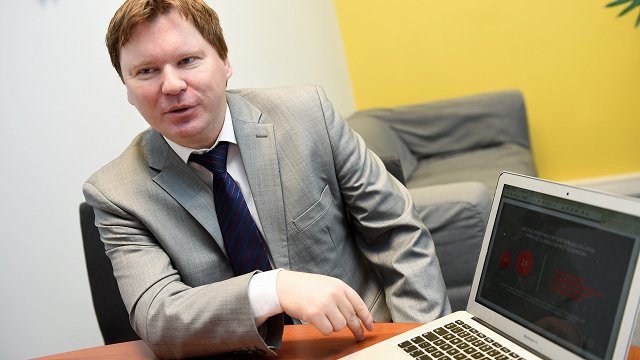“Envelope wages in general in Latvia are the main driver of the shadow economy. Half of the shadow economy is envelope wages,” said Sauka. In 2020, envelope wages in Latvia increased by approximately one percentage point - from 22.3% to 23.5%, according to his research.
"This means that people really receive on average almost a quarter more than we see statistically," Sauka said.
Envelope wages have also increased in Lithuania and Estonia, but in general there is less of a problem there than in Latvia. "It is the size of envelope wages that explains why the shadow economy in Latvia is significantly larger than in neighboring countries," the expert added.
The share of the shadow economy in 2018 was 24.2%, and in 2019 - 23.9%.
The share of the shadow economy in Latvia increased by 1.6 percentage points to 25.5 percent of gross domestic product (GDP) last year, Sauka later revealed at the official presentation of his data.
"If we have not succeeded in significantly reducing the shadow economy at a time when the economy is going up, it will be even more difficult to do so now that the economy is going down due to Covid-19,'' said Sauka.
At the same time, the share of the shadow economy in Lithuania last year increased by 2.2 percentage points - to 20.4 percent, while in Estonia the share of the shadow economy also increased by 2.2 percentage points - to 16.5 percent.
Under-the-table wages in Latvia accounted for 23.5 percent, which is an increase of 1.2 percentage points, unreported income - 18 percent, which is an increase of 1.4 percentage points. In turn, the non-disclosure of employees reached 10.9 percent, which is the same as in 2019.
Last year, the largest share of the shadow economy was in Kurzeme - 27.1 percent, in Riga it was 26.3 percent, but the smallest share was in Latgale - 19.2 percent.
By sectors, the largest share of the shadow economy was in construction - 28.7 percent, which is a decrease of 4.6 percentage points, and in wholesale trade - 25.3 percent, which is a decrease of 0.8 percentage points. Last year, the share of the shadow economy in the services sector was 24.9 percent, in retail trade - 23.9 percent, but in manufacturing - 23 percent.
Since 2009, since the survey has been conducted, the largest share of the shadow economy in Latvia was observed in 2010 - 38.1 percent of GDP, but the smallest share of the shadow economy was in 2016 - 20.7 percent of GDP, followed by the share of the shadow economy seeing an increase in 2017 and 2018 and a slight decrease in 2019.
Tax morality is more important in encouraging proper payments and declarations than punishments and penalties, Sauka suggested. Until this aspect is improved, it will be difficult to reduce the shadow economy.
"This is not easy to do, because it is a question of changing attitudes. And here policymakers should start by setting an example that public administration itself is efficient and productive, that we know how taxpayers' money is being spent,” said Sauka.
Satisfaction with the State Revenue Service (SRS) is also important. Satisfaction has increased since 2016, but fell slightly last year.






























